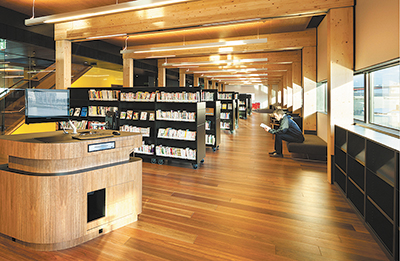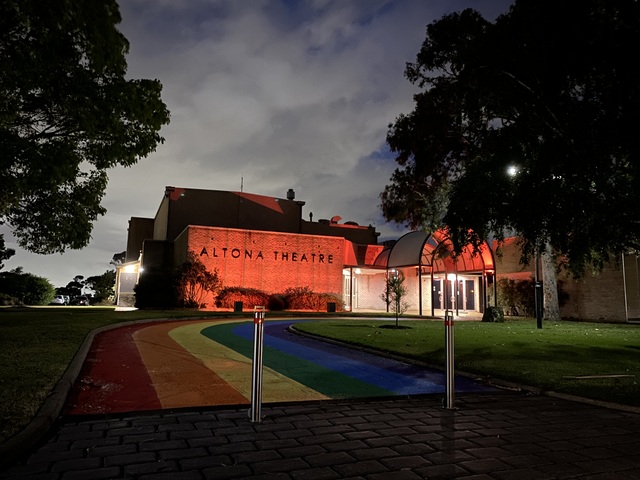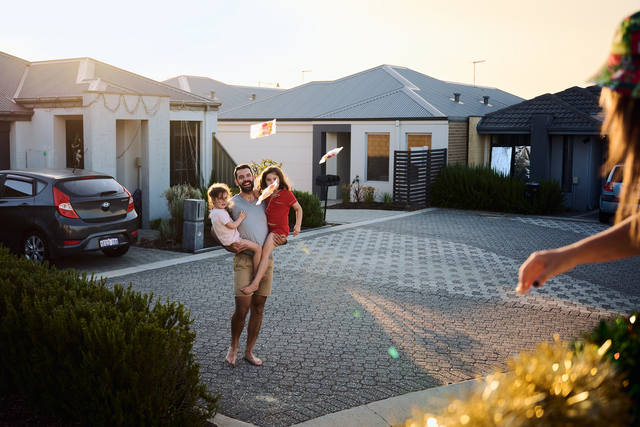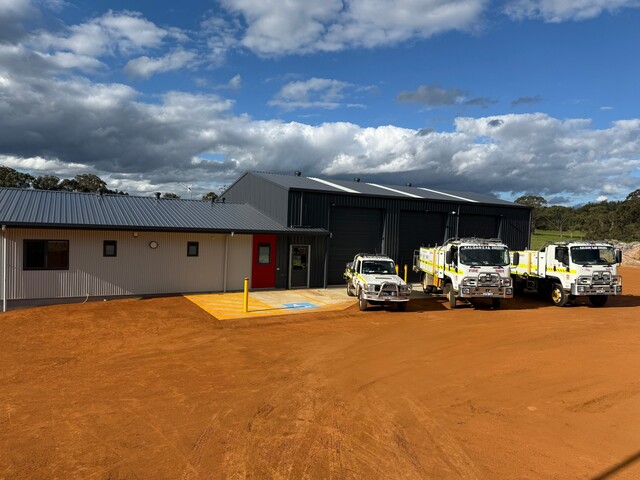Planet Ark has completed a new report – Wood – Nature Inspired Design – which outlines the importance of connecting buildings with the natural world and how with ‘nature connected design’ (also called biophilic design) and using wood we can bring nature indoors and provide a healthier, happier environment for all.
Over recent years there has been an increasing recognition of the benefits that humans gain from contact with trees and nature. Modern society has changed its relationship with nature. In the space of a single generation children’s play has moved from outdoors to indoors, the iconic backyard has shrunk, parents have become increasingly anxious about children’s safety, working hours and stress levels have risen and technology (especially screens) has encroached into almost all areas of life.
Increasing urbanisation rates mean that people have less access to nature in their daily lives and Australians on average now spend over 90 per cent of their time indoors. This disconnect with nature and the outdoors corresponds with reports of increasing levels of obesity and nearly half of Australians experiencing a mental health condition within their lifetime.
The health and happiness benefits associated with spending time outside in nature are well known and reported on by Planet Ark previously. This love of time in nature has been termed ‘biophilia’ and explains our innate need to connect with the natural world. This relationship can be extended into the built environment where we live, work, rest and play.
A wide body of research from the international scientific community has repeatedly identified that the increased use of wood in furniture, fittings and structures has measurable physiological and psychological health benefits. We now know that workers are less stressed and more productive, students learn better, patients heal faster, and people are generally happier and calmer in spaces that contain natural elements like wood. Researchers have also reported people experiencing higher levels of self-esteem, improved cognitive function and decreased blood pressure, when exposed to wood in their built environment.
As it is not always possible to increase our time spent outside, particularly in areas like workplaces, schools and hospitals, understanding how to incorporate the benefits of nature into our indoor environments is an increasingly important area of research.
Responsibly sourced (and certified) timber has clear health and happiness benefits, as well as being a weapon in the struggle against climate change by both storing carbon and reducing carbon emissions.
For more information please visit makeitwood.org
*Copy supplied by Planet Ark








